Time and time again you’ll hear dramatic stories about service and customer service from readers – but what’s behind them? Bad luck and isolated cases or commonplace experience? We conducted a survey specifically on this topic with some exciting results and findings.
What are the differences in service between brick and mortar shops and online dealers? How long does servicing take on average? What are the most frequently occurring problems and which motors experience the most issues? Where will you find the best service? Every week we receive a lot of reader comments on this topic. With servicing and its quality varying from dealer to dealer (and even mechanic to mechanic at the same shop) regardless of whether you’re at a brick and mortar store or online shop it’s impossible for us to answer these questions thoroughly and representatively on our own, so we turned to you for help.
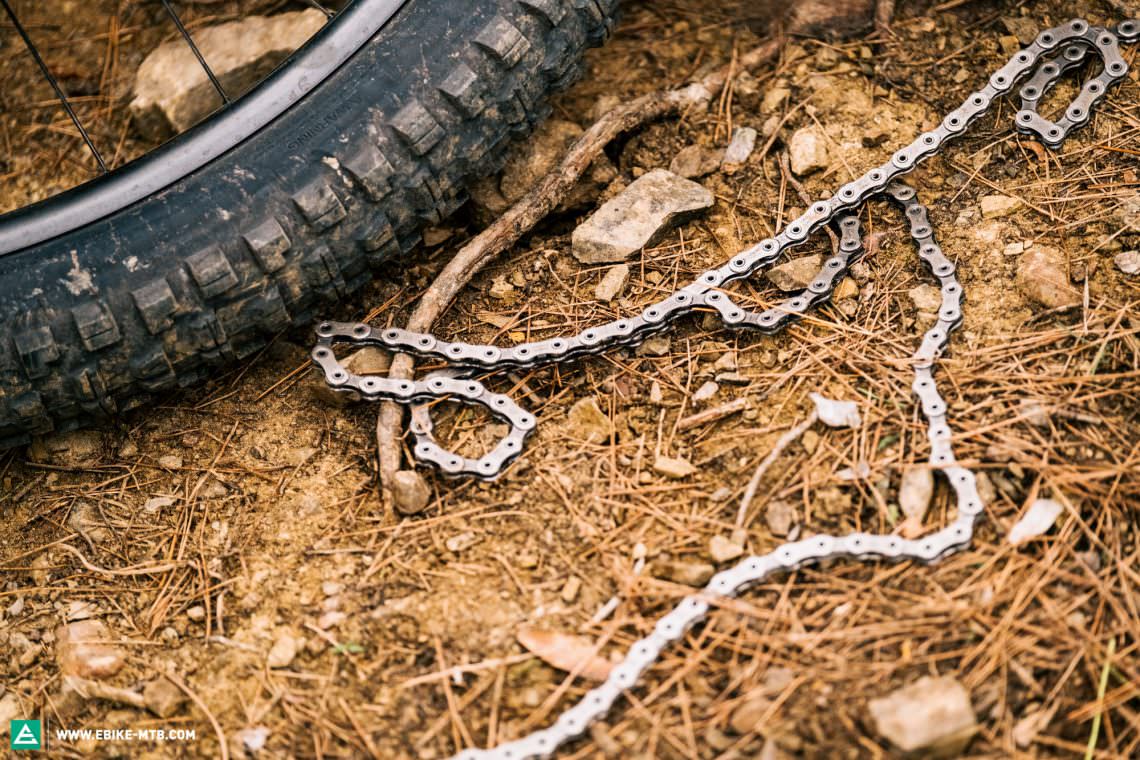
Your problems, experiences and issues as a collective can tell us much more. More than 3,000 eMTBers took part in our service survey and delivered a reality check on the topic of servicing quality. The responses will also be of interest to manufacturers. You are providing help in uncovering issues and improving the quality of our much-loved sport.
If you want to be able to compare the quality and problems of different service models and brands, you need to look at data in the greater context – only then can you draw valid conclusions
Where did you buy your bike?
Amongst the 3,000 participants, 75% purchased their eMTB in a brick and mortar shop, while 19% were bought online. Used bikes were the chosen path to eMTB joy for only 4% of you. Surprisingly, a larger proportion of people aged between 30 and 60 bought their bikes online than 20- to 30-year-olds. The main reason for buying online is a good price, followed by availability. Interestingly, our survey found that on average, you have to wait a day longer for your new bike when making an online purchase, for a total of 26 days. It’s a small margin, but brick and mortar stores are slightly faster, where it’s an average of 25 days. There are several other factors that speak for brick and mortar shops, particularly servicing options, face to face service, being able to go for a test ride and buying advice directly in the shop. 57% of you would buy your bike from the same online or physical shop again, 20% are undecided and 23% wouldn’t repeat a purchase. But that doesn’t mean that you want to swap over from online to brick and mortar stores. 74% of you still want to buy your next ebike at a physical shop and 21% want to do so online.
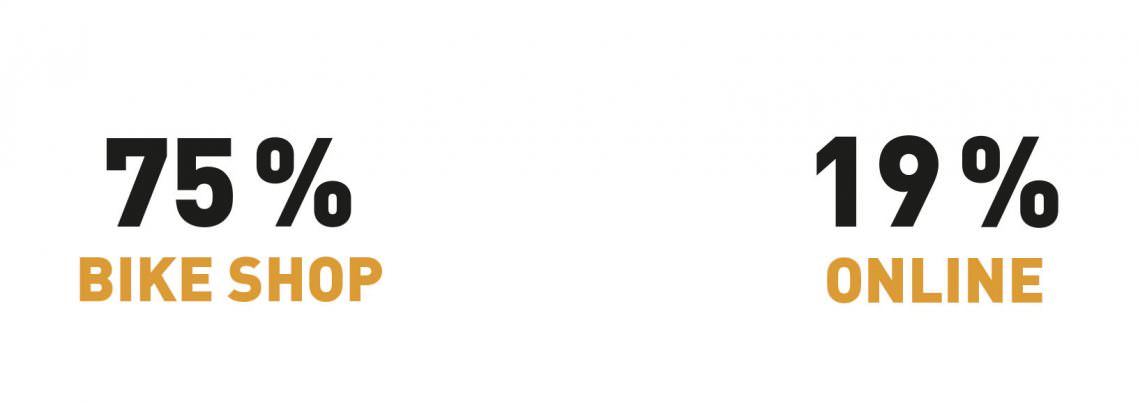
What’s your problem?
1,665 participants have had technical issues with their eMTB – at 59%, that’s more than half of the survey participants. Slightly less than half of those that had technical issues (also) had some with the motor. As is to be expected, our survey confirmed that the prevalence of issues increases with increasing mileage. Astoundingly, 39.8% of you had issues in the first 500 km. Go above 5000 km and it’s 68.9%. Conversely, it’s positive that even above 5000 km, 31.1 % didn’t have any issues at all. Alongside motor problems for 24%, 18% had issues with their gears, 11% with the battery, 6.6% with the display and 7.5% with suspension components. Frame failures are rare at 1% but as an absolute number, 31 people still suffered a broken eMTB frame.

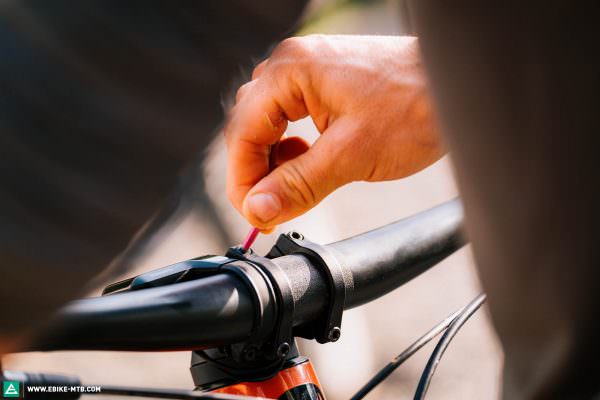
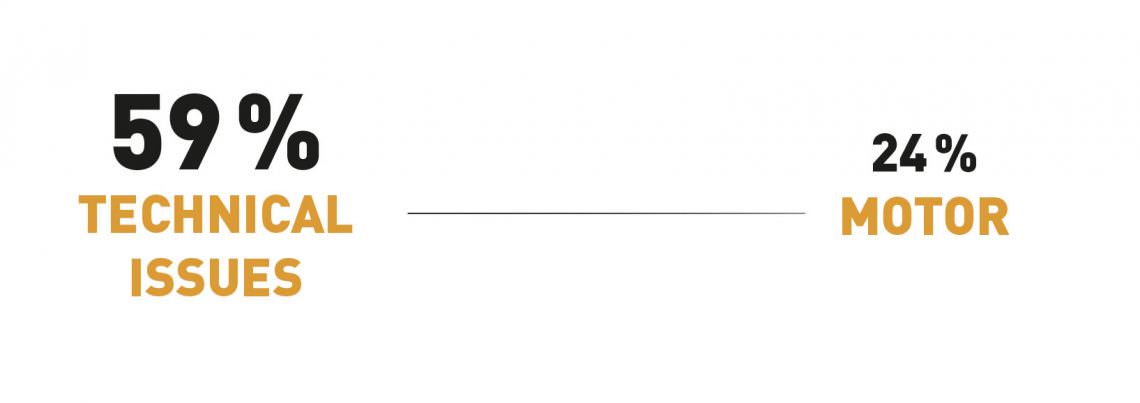
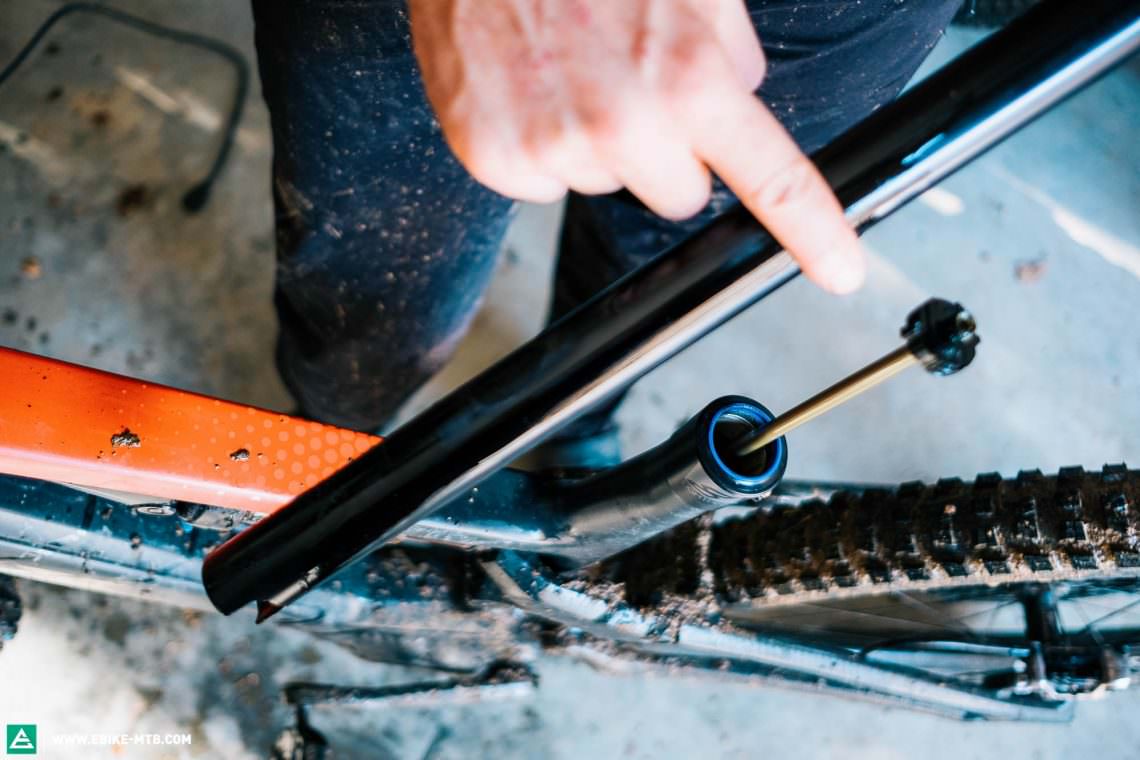
Which brand has the most motor problems?
We didn’t ask directly to find out the brand of your motor but can draw some conclusions based on the issues you experienced and the brand of your bikes. Companies like MERIDA, Canyon and YT that mainly use Shimano motors and classic Bosch-users like CUBE, Moustache, Trek and Riese & Müller have significantly fewer problems than manufacturers like Specialized, ROTWILD and FANTIC that tend to use Brose motors. Presumably, the poor record of the Brose motors is primarily due to the known issues with damaged drive belts in the Brose Drive S Mag. Both Brose and Specialized have already reacted and want to solve the issues with a software update and other modifications. Specialized have gone as far as increasing the warranty on affected models from two to four years from the purchase date. You can find all the details here. There’s a clear trend: Shimano and Bosch have a similar prevalence of problems and are both significantly better than Brose, who, due to known issues, can’t currently compete.
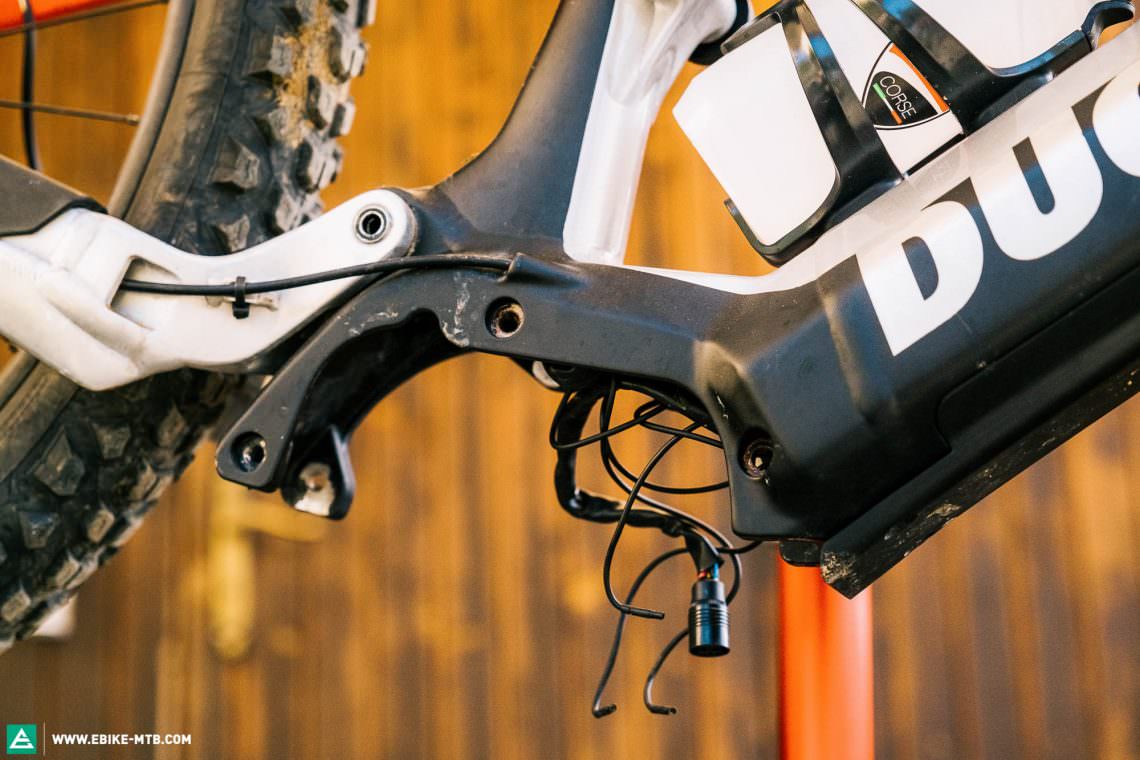
However, the fact is that every motor manufacturer has problems – depending on the region there can be extremely different causes and incidents. Logically, regions like Scotland (with 12 months of mud and rain!) have completely different issues in terms of water resistance and water damage compared to bone dry regions like the South of France. But we’ve also heard that some readers had multiple motor issues – there are even some horror stories of up to 6 new motors on the same bike – which is often due to the fact that with certain usage patterns, the same vulnerability in the motor system is being exacerbated. Unfortunately, there’s no real solution to that apart from identifying the vulnerability and adapting your riding accordingly. Otherwise, the same problems will appear again and again.
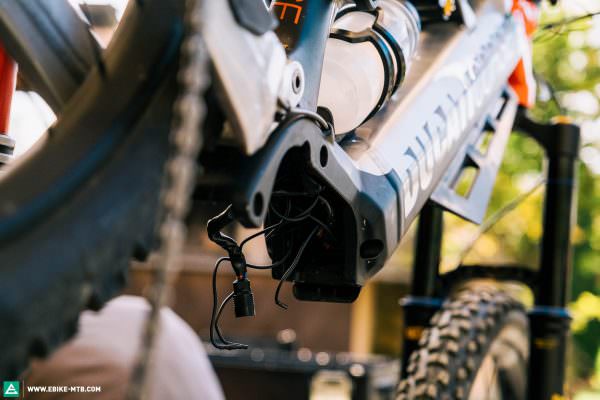
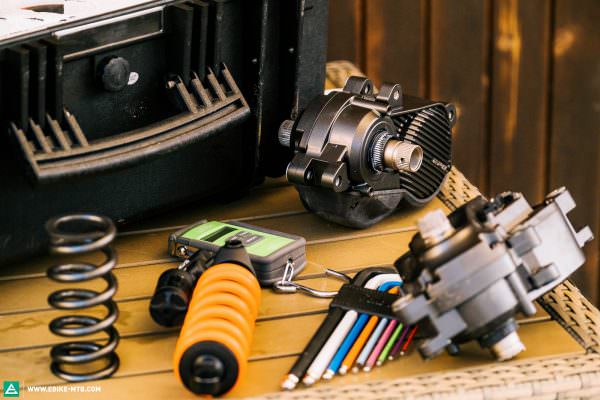


Who do you turn to with your technical problems?
Lots of you (68%) take matters into your own hands and tinker with your bike to master technical problems yourselves. Of course, there are some technical challenges that can’t be solved at home. 75% of you have had that experience. You were able to answer who you turned to next via a multiple-choice question. 74% of the participants made use of their local bike shop but independent workshops (22%), the dealer themselves (11%), the online shop where you made your purchase (6%), the component manufacturer (4%) and friends/colleagues (5%) are also favoured options. On the last point, our survey also found that friends/colleagues rarely solved your problem satisfactorily. Maybe you should choose more bike nerds as friends ;)?
You were able to rate your satisfaction with different service channels on a scale of 0–5. The winner is brick and mortar stores with 4.2 stars. The online shop where you bought your bike, independent workshops, components manufacturers and bike manufacturers all sit at around 3.7 out of 5 stars on average.
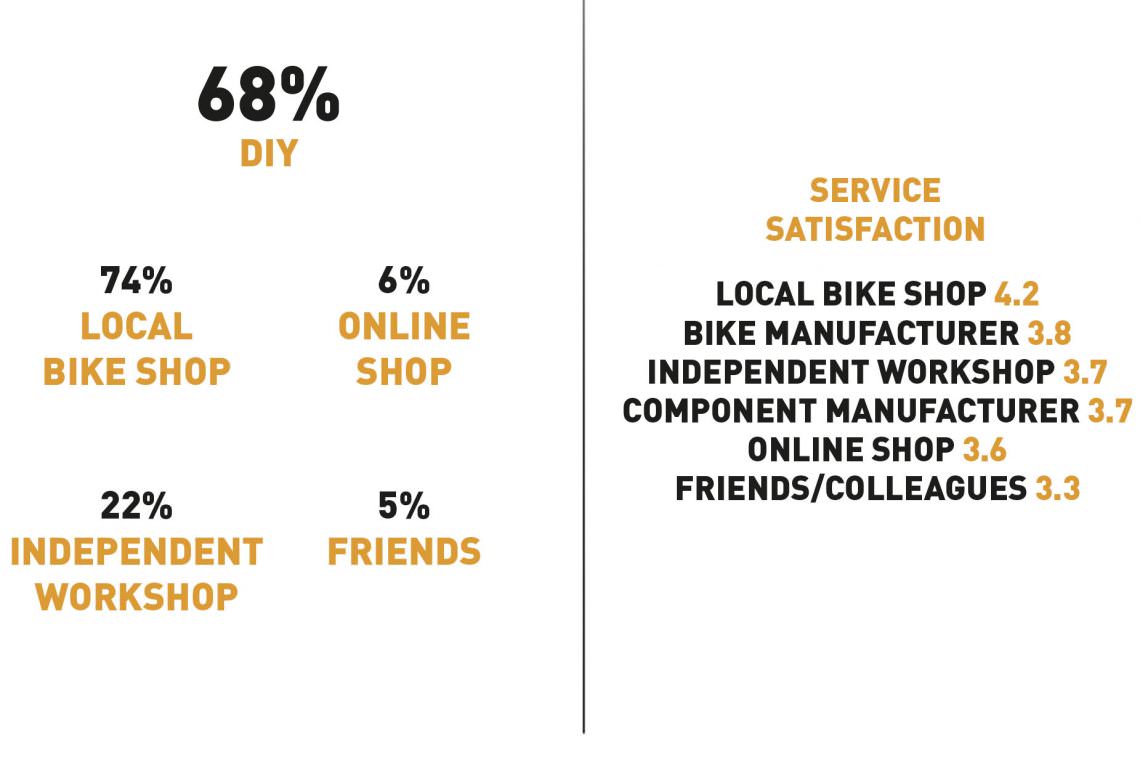
Do you have to wait longer with online dealers than brick and mortar stores?
In the event of a problem, 66% of you preferred to contact a service provider locally. However, 25% of you have used the telephone to resolve issues and 42% made contact by email. A whole 68% of service partners replied within 24 hours of your request and only 2.7% never responded. The difference in response time between online and physical dealers is significant. In your local shop, you’ll wait an average of 2.6 days while online it’s 3.9 days after you have first made contact. The average waiting time from initial defect to being able to ride your eMTB again is 16 days. If you compare online dealers with physical stores there are also some significant differences. Online, it’s an average of 23 days while in a shop it’s 14. Only 3.2% of you had to wait longer than 3 months before having a rideable bike again. Unfortunately, for 7.3% problems weren’t yet resolved after 3 months.


Have you taken the bike you purchased online to your local bike shop for servicing?
9.5% of you had to pay for servicing at your local bike store because you didn’t buy your bike where you took it to be serviced. 18% of you have even been turned away from a shop for that reason. On the other hand, 44% have indicated that they haven’t had any problems servicing their mail-order bike in a local shop.
When buying your ebike, you shouldn’t just consider the spec, look, performance and price, but also servicing options. It’s a challenge for the whole industry to improve and find more economically sustainable solutions here. Ironically, online trade, that up until now was able to offer better prices and margins by eschewing a traditional store, now needs more and more service locations with the increasing electrification of bikes. EMTBs are only the beginning because urban E-mobility solutions, from E-cargo bikes to commuters, will need this too – ideally including a mobility guarantee and more comprehensive servicing options. We still expect some significant milestones in terms of increasing professionalism and innovation in the next few years.
This topic is also important for us as a magazine to discuss the topic of servicing fairly and representatively. As you can see in this article: we’re on the job!
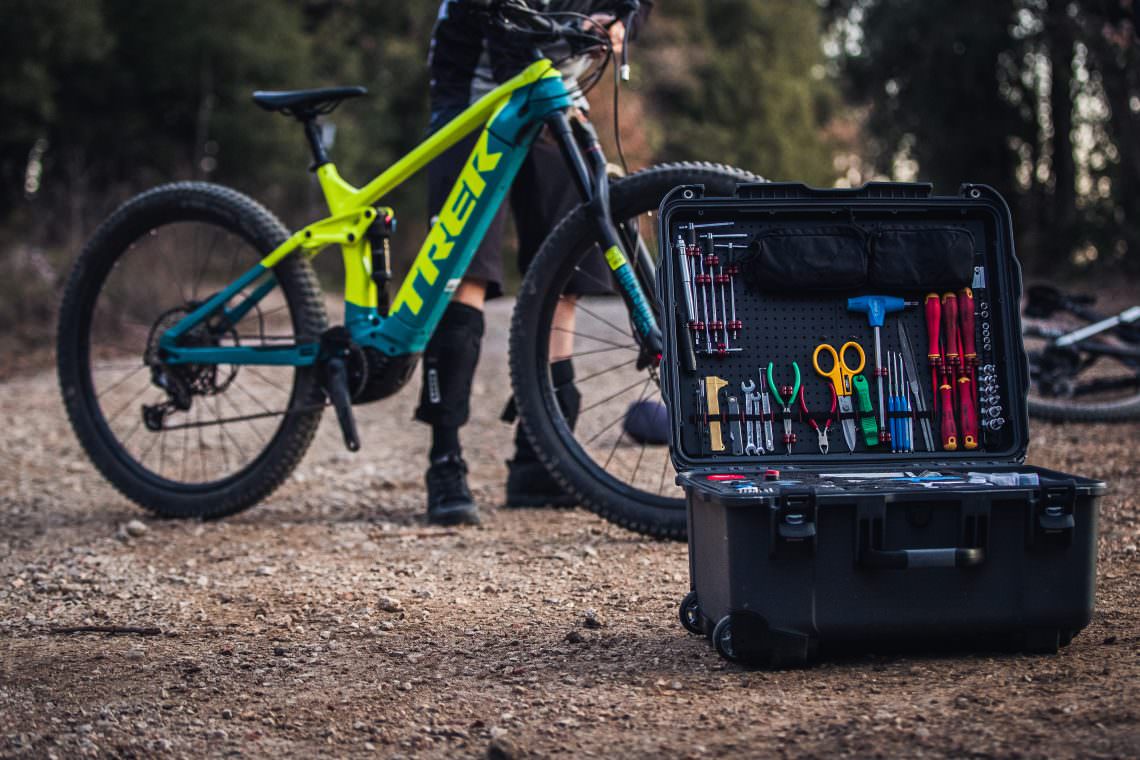
Did you enjoy this article? If so, we would be stoked if you decide to support us with a monthly contribution. By becoming a supporter of E-MOUNTAINBIKE, you will help secure a sustainable future for high-quality cycling journalism. Click here to learn more.
Words & Photos: Text: Jonas Müssig, Illustrations: Julian Lemme









